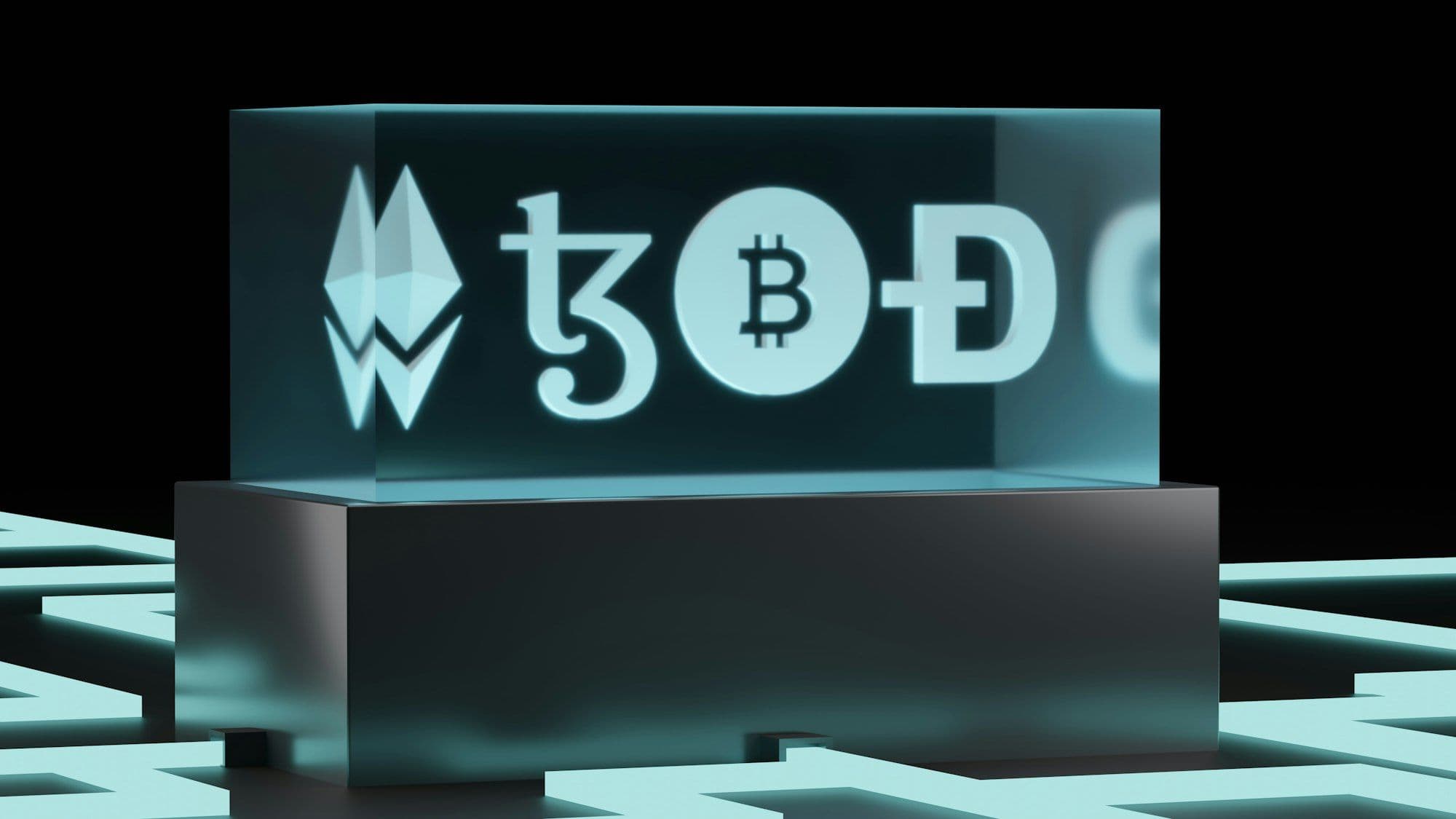
Non-fungible tokens (NFTs) are bringing back a familiar movement for digital ownership and value. This guide is your entry point into the fascinating process of indexing NFTs on the NEAR Protocol. With NEAR's intuitive indexing feature, the world of NFTs becomes easily navigable, offering a friendly introduction for those embarking on their understanding of the blockchain.
Understanding NFTs and NEAR
Non-fungible tokens (NFTs) are digital assets, each with its own distinct characteristics, setting them apart from interchangeable assets like cryptocurrencies. In the NEAR ecosystem, NFTs go beyond being mere digital collectables. They play a crucial role in various applications such as digital art, gaming, and digital identity. For beginners, the NEAR Protocol offers an enhanced NFT experience with features like low transaction fees and high-speed processing. These aspects make it easier and more cost-effective for newcomers to create, trade, and manage NFTs. Additionally, NEAR's eco-friendly approach addresses environmental concerns associated with blockchain technology, making it a responsible choice for those starting in the digital asset space. This synergy of NFTs with NEAR's user-friendly infrastructure provides a welcoming platform for beginners to explore innovative use cases in a growing digital economy.
The Basics of Indexing NFTs
Indexing in blockchain, especially for Non-Fungible Tokens (NFTs), is crucial for organizing and retrieving data efficiently, much like cataloging books in a library. This process is key in NFT marketplaces and for collectors, as it streamlines finding and accessing specific NFTs. In the NEAR Protocol, indexing involves advanced technologies and tools tailored to the unique data structures of NFTs. For beginners, this means an easier and more intuitive way to explore and interact with NFTs. The system simplifies locating NFTs based on various attributes, enhancing user experience by making navigation and engagement in the NFT marketplace more straightforward and less overwhelming.
Step-by-Step Guide to Indexing NFTs on NEAR
Understanding the Basics:
Before you start indexing Non-Fungible Tokens (NFTs) on the NEAR Protocol, it's important to have some foundational knowledge and tools in place. First and foremost, create a NEAR account, which is your gateway to interacting with the NEAR blockchain. This can be easily done on the NEAR website. Additionally, familiarize yourself with the concept of smart contracts, as they are key to how NFTs function and are managed on the blockchain. This foundational knowledge is crucial for navigating the subsequent steps of NFT indexing.
Step 1: Establishing Your Development Environment
The first step begins with setting up a suitable development environment. This environment is where you'll write, test, and deploy your code. Start by installing the NEAR Command Line Interface (CLI), a tool that allows direct interaction with the NEAR blockchain through various commands. Additionally, install Node.js, which is necessary for running JavaScript-based applications. These tools are essential for anyone looking to develop and deploy smart contracts on the NEAR blockchain, especially those tailored for NFTs.
Step 2: Deploying a Smart Contract for NFTs
The next crucial step is deploying a smart contract on the NEAR blockchain. Think of a smart contract as a set of rules that govern your NFTs, dictating how they are created, transferred, and managed. If you're new to this, NEAR provides helpful resources like templates and tutorials to guide you through writing and deploying your contract. Choose a programming language that is compatible with NEAR, such as Rust or AssemblyScript, to write your contract. Once your contract is ready, deploy it using the NEAR CLI. This step integrates your NFTs into the NEAR network, making them operable and manageable.
Step 3: Crafting and Managing an Indexer
An indexer in blockchain terms is similar to an advanced database system. It's designed to track, organize, and make blockchain data easily searchable. For NFTs, this involves recording all related transactions, ownership details, and metadata. Begin by setting up a database – PostgreSQL or MongoDB are popular choices due to their robustness. Then, write scripts that monitor the NEAR blockchain for NFT transactions and update your database in real time. This process requires careful planning of data structures to ensure quick and efficient data retrieval, enhancing user experience.
Step 4: Mastering Data Queries
Being able to query your indexed data is what brings your indexer to life. This capability is how users and applications interact with your NFTs. Learn the query language of your database to be able to pull specific information. For instance, with PostgreSQL, you'll use SQL queries. Start practicing with different queries, such as retrieving all NFTs owned by a particular account or searching for NFTs with specific attributes. This skill is vital for making your NFTs easily accessible and navigable.
Adding Practical Examples for Better Understanding
To make these concepts more tangible, include code snippets and visual aids like screenshots in your learning process. For example, show a sample script that updates the database with new NFT transactions, or provide a screenshot of a successful query execution in your database. These real-life examples can demystify complex ideas and show practical applications of the processes you're learning.
More Tips On Indexing on NEAR
The best way to maximize indexing on the NEAR Protocol for beginners is to focus on organizing data efficiently and handling errors effectively. Prioritize the security of your indexer to protect it from potential cyber threats. Regularly check for updates from NEAR and engage with its community through forums. This will keep you informed about the latest features and solutions to common problems. These best practices not only improve your indexer's functionality but also ensure its safety and ease of use. For those new to blockchain, these tips are essential for a smooth and secure experience in managing and navigating NFT data.
To Summarise Everything
This guide has walked you through the essentials of indexing NFTs on the NEAR Protocol, highlighting its significance in the evolving NFT landscape. Embrace the potential of NEAR to revolutionize your NFT experience. Experiment with the steps outlined, and delve deeper into this dynamic field.
Want to know more about NEAR or indexing projects? Indexer.xyz is your ideal starting point. It's where our Indexer API grants you direct access to extensive NFT data. This simplifies your progress, allowing you to concentrate on Indexing. Use Indexer.xyz as the foundation for your project, equipped with the essential tools all starters need.



